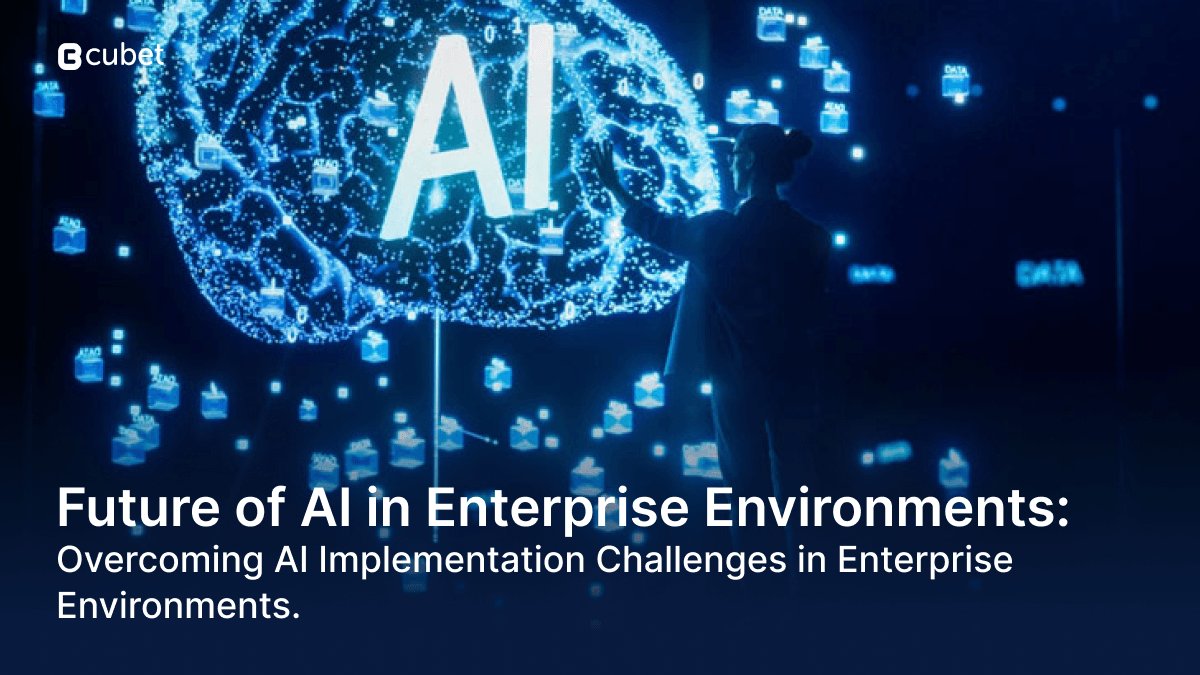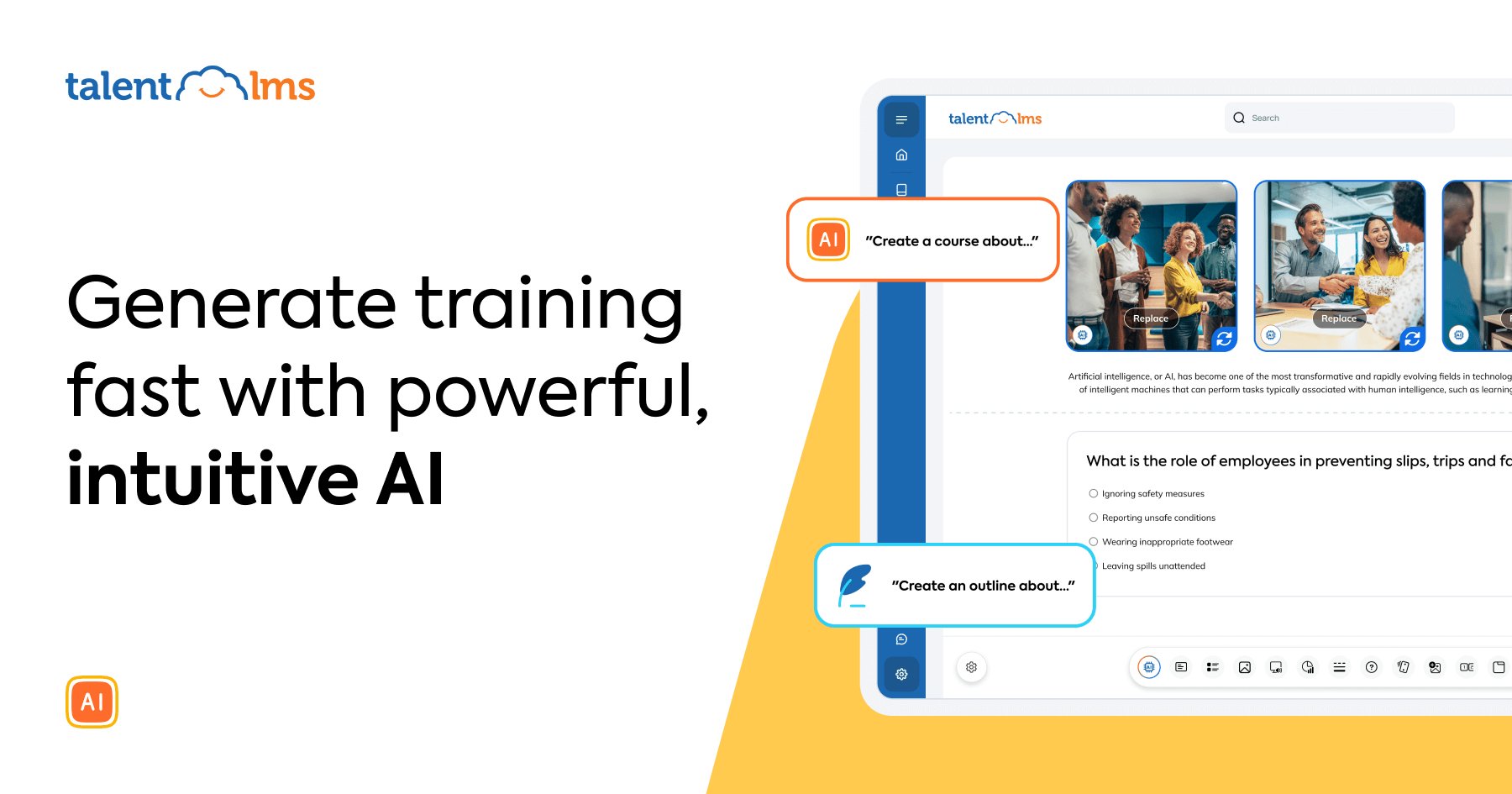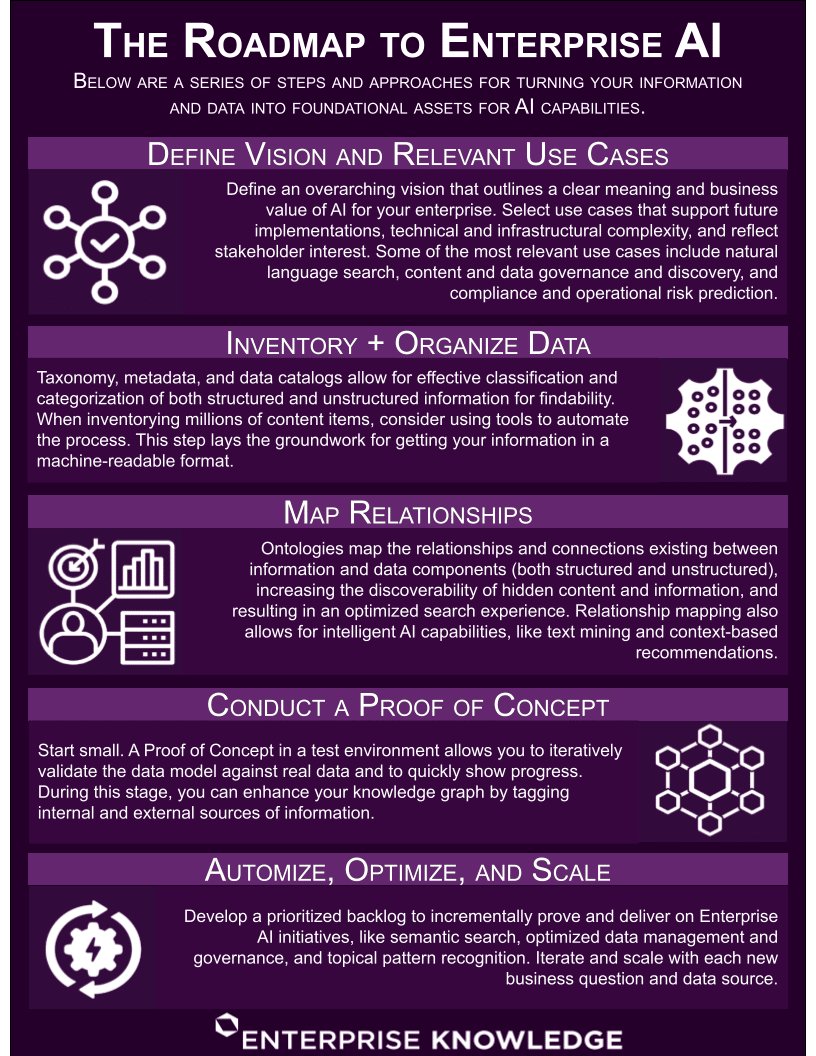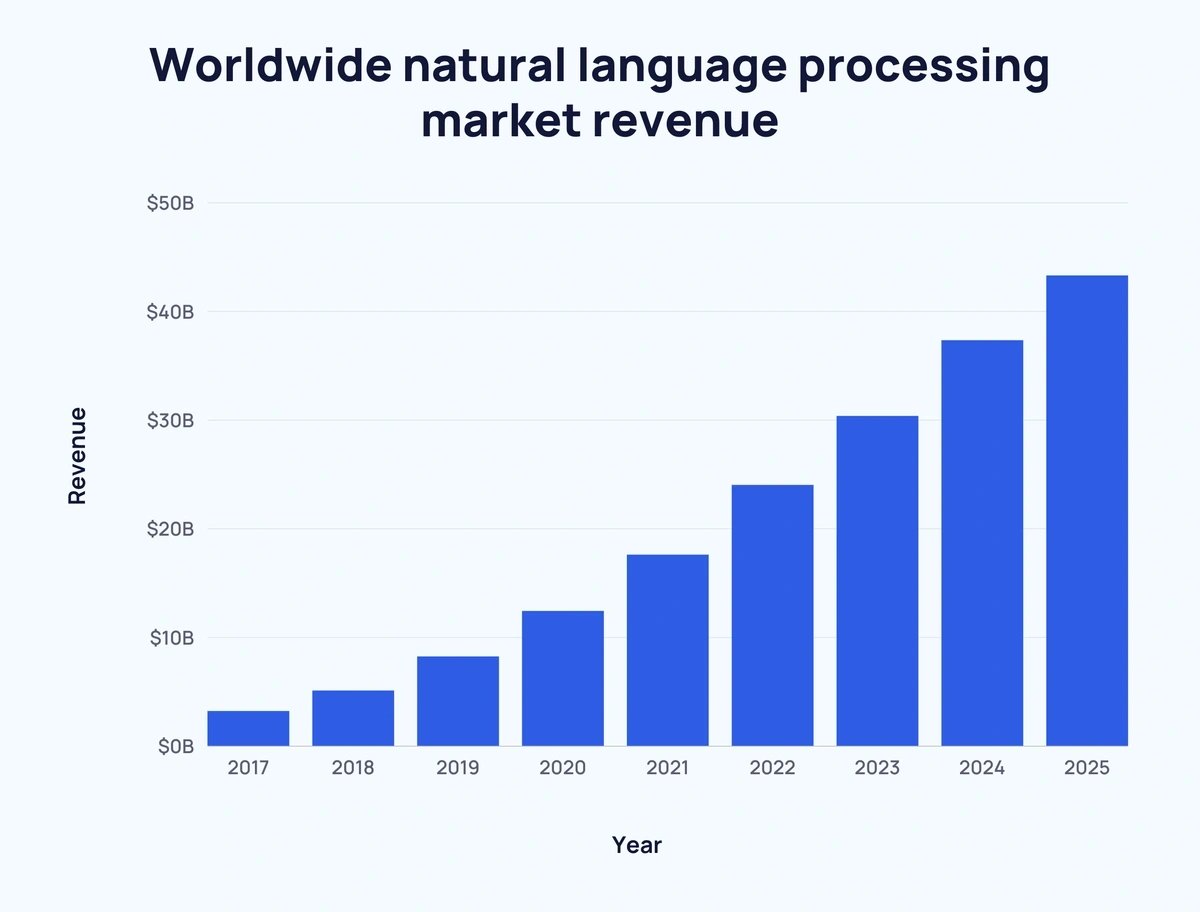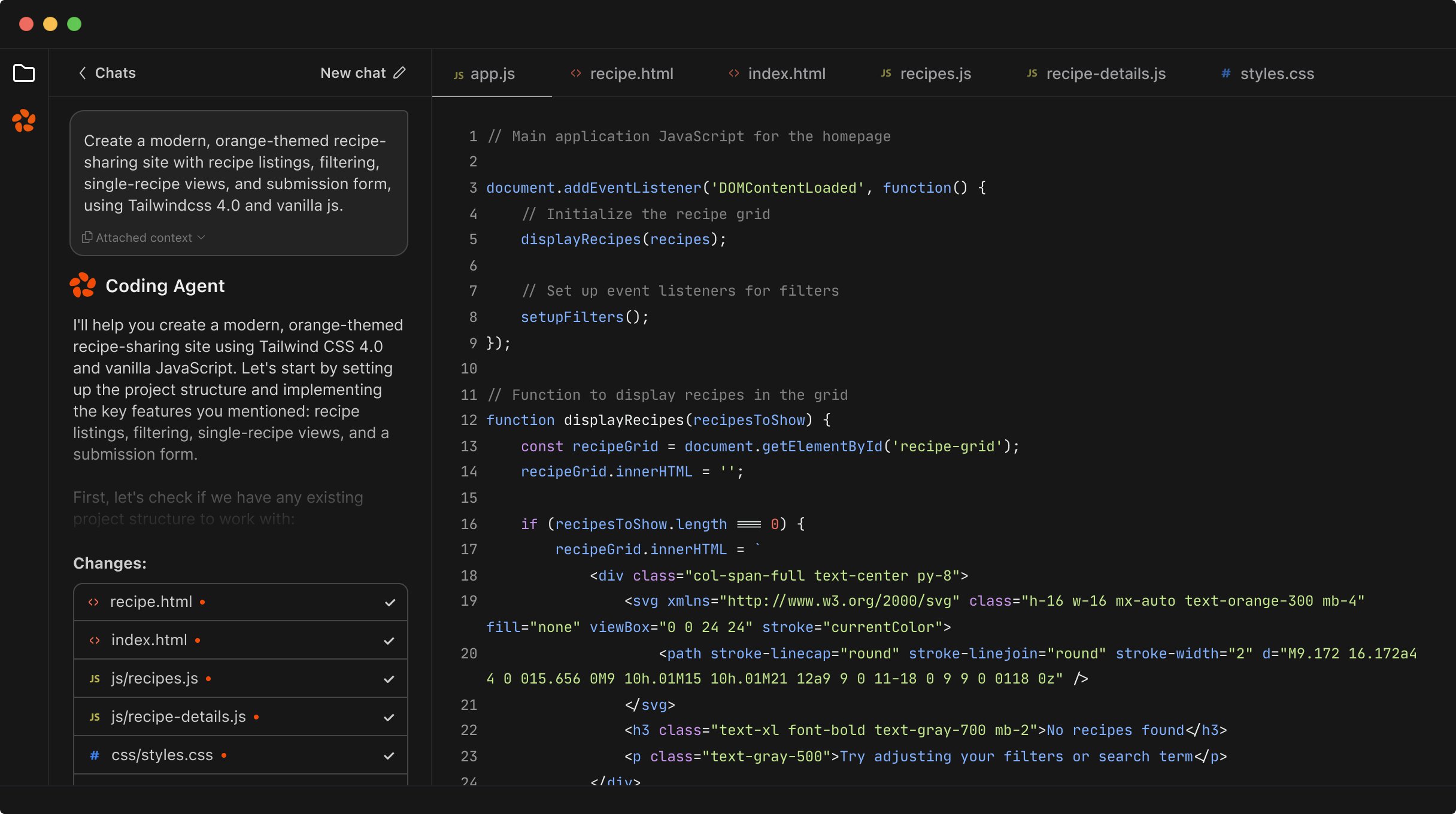AI is changing the world of big business in 2025 – but the gap between winners and laggards is growing. Only 8 percent of large companies have achieved substantial results by scaling AI, according to recent research from Accenture. The majority remain grounded in never-ending experiments, unable to unlock the full value of artificial intelligence. As AI strategy shifts from hype to enterprise realities, leaders need to know what truly separates the successful from the rest.
Insights from surveys of top executives reveal a clear blueprint: enterprises winning with AI excel at talent management, invest in modern data infrastructure, focus on meaningful projects, and build trust through responsible AI. They also embrace new technical architectures that let AI agents automate entire business processes. Here’s how front-runners are building real competitive advantage – and how others can catch up.
AI Deployment Gap: Why Most Enterprises Struggle
It’s not for lack of ambition that most companies haven’t scaled AI. A report by Accenture, based on surveys with nearly 2,000 global firms, found that while almost all large enterprises have experimented with AI, just 8 percent have scaled it across core functions. That leaves a vast majority – 92 percent – still struggling in pilot mode.
Several studies echo this trend. The consulting firm Deloitte found that scaling risks, unclear ROI, and a lack of enterprise-wide strategy stop AI projects from moving beyond small, isolated use cases. Companies often underestimate the difficulty of moving from “working demo” to integrated, ongoing operations across business lines.
Common hurdles include:
- Fragmented data and tech infrastructure
- Lack of skilled AI and data professionals
- Misalignment between business and technical teams
- Insufficient leadership support or strategic clarity
Industry analysts note that, while the potential payoff from AI is huge – often promising higher productivity, more revenue, and better customer service – executives are cautious after seeing failed or stalled projects. To join the winner’s circle, leadership must address these gaps with a clear-eyed focus on readiness and execution.
The Critical Role of Talent Maturity in AI Success
Technology investments alone cannot deliver scaled AI. The Accenture study found that “talent maturity” – the ability to recruit, train, and empower employees to work with data and AI – was the single most important factor separating successful companies from the rest. Front-runners were up to four times more likely to have mature AI talent strategies than their peers.
What does this look like in practice? Market leaders aren’t just hiring more data scientists. They are building structured training programs, developing a culture of continuous learning, and aligning workers’ skills with business priorities. As new AI tools are rolled out, these organizations emphasize open communication and ongoing support to ease cultural resistance.
Also Read
Square Enix Symbiogenesis Expands on Sony Soneium Blockchain
According to Accenture’s survey, 57 percent of AI front-runners have set up a centralized “AI Center of Excellence” – a team responsible for talent development, knowledge sharing, and governance. By contrast, only 16 percent of companies just starting out use this approach. The most effective organizations direct their talent spending to the highest-value use cases, not just broad efforts.
Building talent maturity means more than technical know-how. It requires helping staff understand the ethical dimensions of AI, supporting collaboration between business and IT, and developing leaders who understand how to drive change. When talent is a core focus, companies are far more likely to turn AI pilots into business-critical systems.
Data Infrastructure: The Foundation of Scalable AI
No matter how smart the algorithm, AI can’t scale without accessible, high-quality data. Accenture’s research confirms that having the right data infrastructure is a top barrier for enterprises. Seventy percent of surveyed leaders admitted their data was not fully ready for scaled AI deployments, and just 5 percent of “experimental” companies reported building three or more new data and AI capabilities.
Front-runners, in contrast, have invested heavily in modernizing their data estates. They use advanced techniques such as retrieval-augmented generation (RAG) and knowledge graphs to make both structured and unstructured data available for AI models. By pulling from a rich mix of zero-, second-, third-party, and synthetic data, they ensure their algorithms have what they need to perform at scale.
Also Read
Last Chance to Exhibit at TechCrunch AI Sessions at Berkeley
Without robust data management, companies face bottlenecks: AI models deliver questionable results, data access is slow or siloed, and scaling up runs into technical walls. Leaders recommend starting with a full data readiness assessment, and quickly prioritizing fixes that support the business’s most valuable AI use cases. Tacit knowledge – insights that live in employees’ heads – should also be captured and made accessible through digital knowledge management systems.
The companies that thrive with AI are those that treat data as a living asset, investing in ways to maintain, govern, and adapt it as business needs change.
Strategic AI Investments vs. Broad Initiatives
Many organizations spread their AI efforts too thin, launching pilots in every department and chasing quick wins. But the Accenture study found that true value comes from making a few carefully chosen strategic bets: committing resources to long-term AI projects directly tied to the company’s core value chain.
Executives at front-running companies work together to define what success looks like and how to get there with AI. Instead of dabbling everywhere, they select three or four industry-specific opportunities where AI can deliver the largest payoff. This laser focus is what sets top performers apart; they are three times more likely to exceed their ROI forecasts on generative AI investments compared to those who take a scattershot approach.
Also Read
Florida Encryption Backdoor Bill for Social Media Fails to Pass
Real-world examples include banks using AI to overhaul fraud detection, manufacturers deploying machine learning across their entire supply chain, or retailers using recommendation engines to personalize every customer touchpoint. The difference is discipline – in resource allocation, leadership buy-in, and patience for scaling solutions to maturity.
Organizations that focus on a handful of strategic AI programs see not only stronger financial results but also faster organizational learning. With clear wins, teams develop the confidence and capability to take on bigger challenges in the future.
Responsible AI as a Driver of Business Value
Responsible AI is no longer only about legal risk or regulatory compliance. Accenture’s report highlights how companies with mature responsible AI programs see real business benefits – stronger customer trust, better product quality, and even more successful talent recruitment.
The best organizations don’t bolt responsible AI onto projects as an afterthought. They build proactive governance and ethical principles into the development process from day one. This shift – from viewing responsible AI as a burden to seeing it as a source of strategic value – marks a key difference between front-runners and those still stuck in experimentation.
Also Read
Apple’s New Chips Target Smart Glasses, Macs, and AI Hardware
Practical steps include setting up monitoring systems to track AI’s impact, holding regular risk reviews, and directly involving end users in the design of AI-driven products. Companies with a strong responsible AI framework also find it easier to adapt to changing rules and customer expectations.
In the long run, responsible AI helps companies safeguard their reputations and strengthen market position. The payoff is measurable well beyond compliance, influencing everything from operational efficiency to public brand perception.
Agentic AI Architectures: Transforming Workflows
The next major leap for enterprise AI is “agentic architecture” – networks of intelligent AI agents able to coordinate and execute complete workflows with minimal human input. Accenture’s research shows that 65 percent of AI leaders are using or piloting these autonomous agent systems, compared to only half of fast-followers and far fewer traditional firms.
This approach lets companies automate complex business processes, from customer onboarding to supply chain management. Instead of static automation scripts, AI agents are designed to handle exceptions, learn from outcomes, and collaborate with other systems.
Also Read
Widespread Timeline Issues Hit X as Users Report Outages
One-third of leading companies surveyed are already seeing agentic AI drive innovation, often cutting costs and boosting productivity in ways previous automation tools could not. Common applications include:
- Virtual assistants handling both customer and internal requests
- AI agents orchestrating end-to-end document workflows
- Smart supply chain managers using real-time data to reroute inventory
The potential value is enormous, but success demands disciplined rollout. The best results come when companies run small pilots, measure performance, and expand use in step with organizational readiness.
Measurable Business Benefits of AI Maturity
The rewards for scaling AI aren’t just theoretical – they show up in the numbers. Accenture’s report estimates that across companies, moving from experimentation to maturity with generative AI produces the following on average within 18 months:
- 13 percent increase in productivity
- 12 percent growth in revenue
- 11 percent improvement in customer experience
- 11 percent decrease in operating costs
These benefits are felt across industries, from finance to manufacturing to healthcare. For many, the difference between AI “front-runner” and AI “follower” translates directly to millions in additional value each year.
Also Read
Zen Agents by Zencoder: Team-Based AI Tools Transform Software Development
Companies that move fast also see secondary benefits: streamlined internal workflows, more confident staff, and better data transparency. The business case for getting AI right grows ever clearer as organizations see competitors pulling ahead. ROI is not only measured in money but also in organizational agility and customer satisfaction.
Action Steps for Elevating AI Maturity
Enterprises looking to close the AI deployment gap and join the ranks of front-runners can start by following these steps:
- Prioritize talent: Invest in both technical and non-technical training programs for employees at all levels.
- Modernize data: Launch a readiness assessment, then build capabilities to handle unstructured data and integrate organizational knowledge.
- Pick strategic bets: Identify three or four key use cases with the highest impact on the core business.
- Embed responsible AI: Set up governance frameworks and proactive monitoring for every new deployment.
- Pilot agentic architectures: Start with small multi-agent projects in targeted workflows, then scale what works.
Mastering these disciplines doesn’t just help organizations use AI more effectively tomorrow – it lays the foundation for future innovations, including autonomous business operations and new digital revenue streams.
The journey from pilot mode to true enterprise AI at scale is challenging, but companies that embrace these lessons from front-runners are far more likely to see fast, sustained returns from their AI investments.

